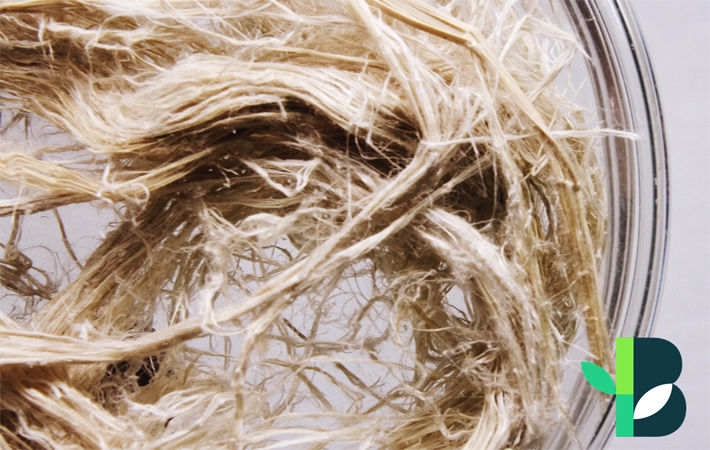
The technologies to create greener bamboo textile materials have been developed by Department of Science and Technology (DOST), through its Philippine Textile Research Institute (DOST-PTRI). Bamboo textiles are becoming increasingly popular as sustainable and eco-friendly solution for textile materials and manufacturing.
The DOST-PTRI Bamboo fibre extraction technology, for which application to protect intellectual property has been filed with the Intellectual Property Office of the Philippines (IPOPhil), was first developed in 2015. It includes mechanical, chemical, and biological processes to liberate fibres from the bamboo culm. The extracted bamboo textile fibre is treated to obtain highly cellulosic textile fibres.
The technology, applied on different bamboo species in the Philippines such as Kawayan Tinik (Bambusa blumeana), Bolo (Gigantochloa levis), Yellow Bamboo (Bambusa vulgaris), and Giant Bamboo (Dendrocalamus asper), produces strong and fine bamboo fibres.
Mild and eco-friendly technology coupled with the simplicity of the extraction and treatment technique makes it highly suitable for textile fibre processing in remote bamboo-rich local areas, bringing economic gains for the bamboo textile industry.
In the more popular commercial process of converting bamboo into textile material - cellulose regeneration - bamboo culms are broken down into chips, dissolved, and extruded through spinnerets to produce fine staples or filaments. In this synthetic technique, new fibre properties are introduced while the natural integrity of the bamboo textile fibres is not conserved. The process is also associated with production of toxic and hazardous substances.
This year, the Technical Working Group (TWG) of Republic Act 9242 or the Act Prescribing the Use of the Philippine Tropical Fabrics for Uniforms of Public Officials and Employees and for other Purpose, has included in the proposed revised Implementing Rules and Regulation (IRR), other natural textile fibres which include bamboo, to help widen the scope of textile fibre sources and promote employment generation in the countryside. This market represents 635,000 kg of treated bamboo fibre input material for the production of spun yarns that will meet just 25 per cent of the requirements for government uniforms.
Fibre2Fashion News Desk (SV)